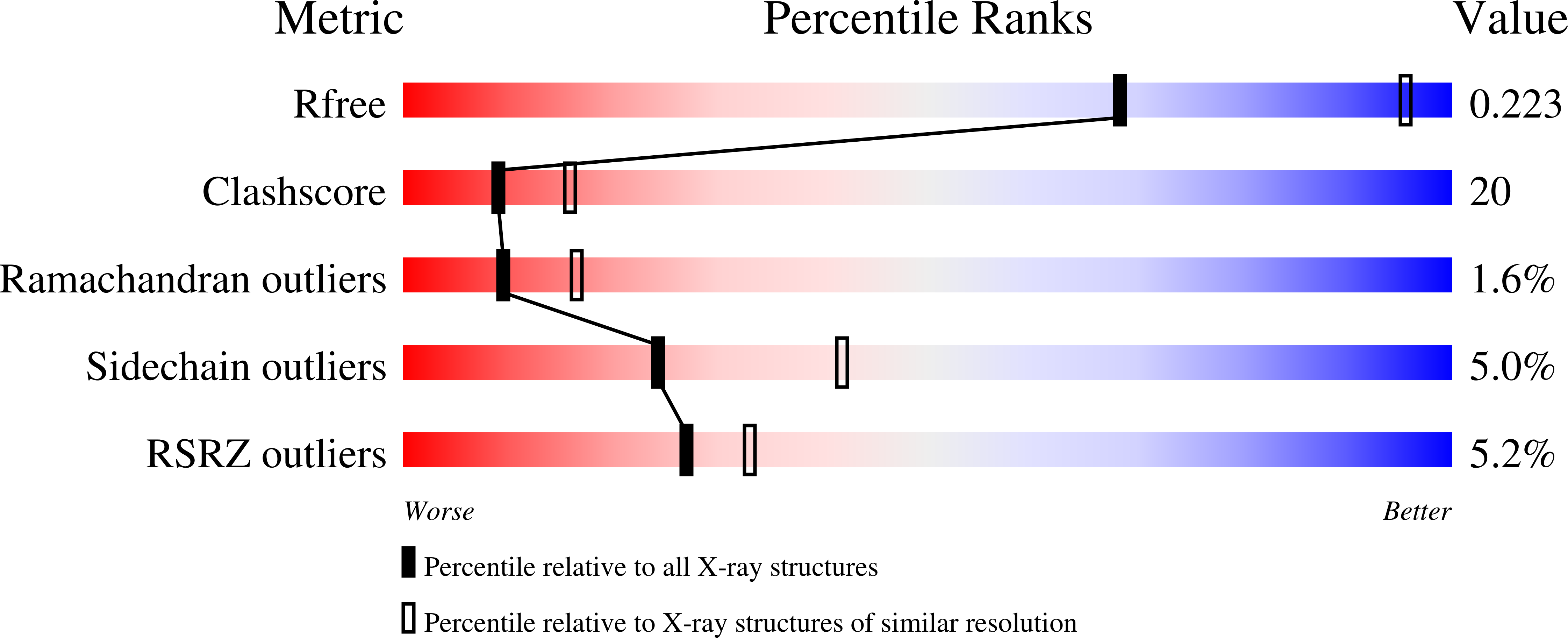
Deposition Date
2004-12-13
Release Date
2005-01-25
Last Version Date
2024-02-14
Method Details:
Experimental Method:
Resolution:
2.75 Å
R-Value Free:
0.27
R-Value Work:
0.22
R-Value Observed:
0.22
Space Group:
P 21 21 2


